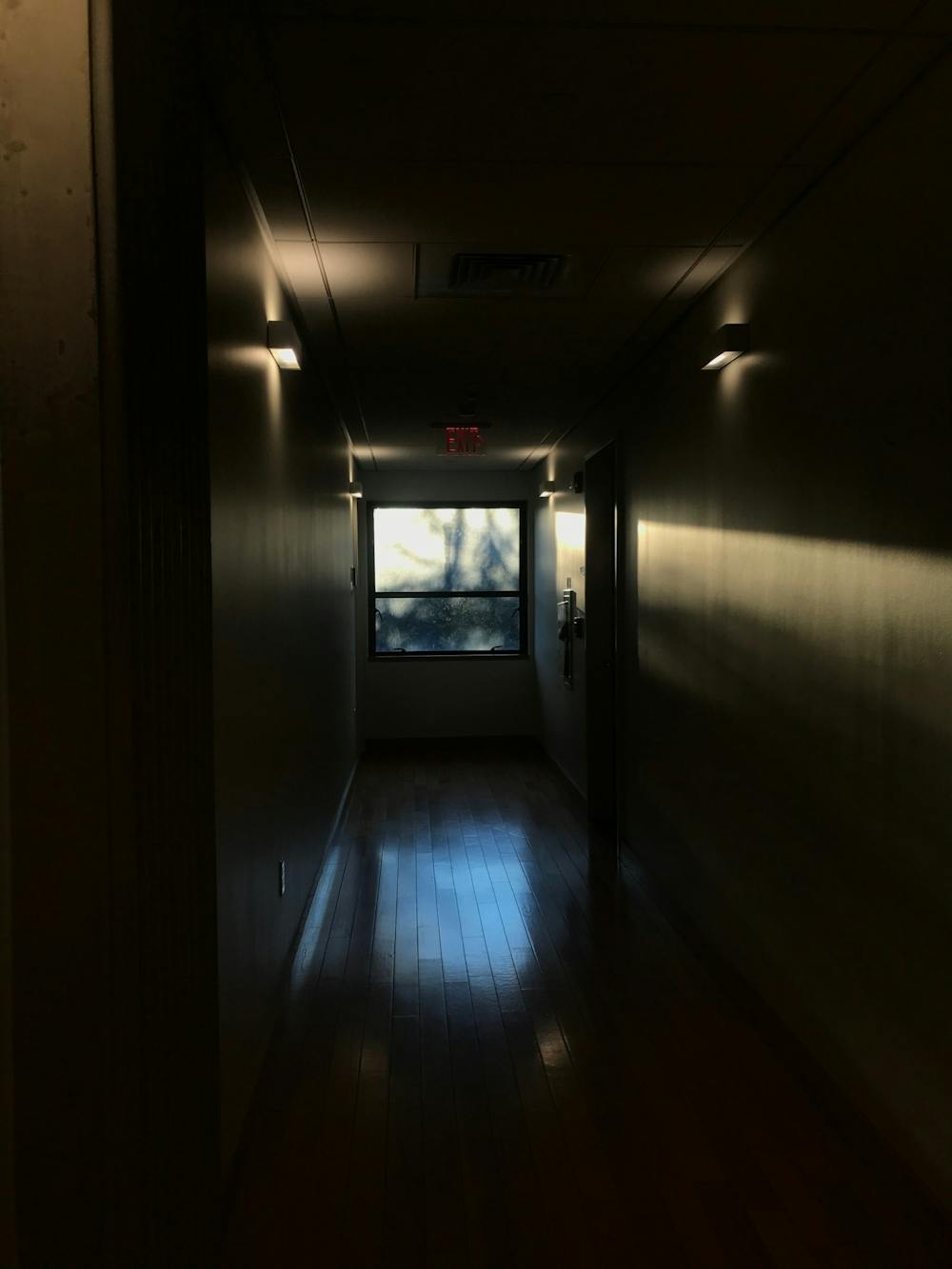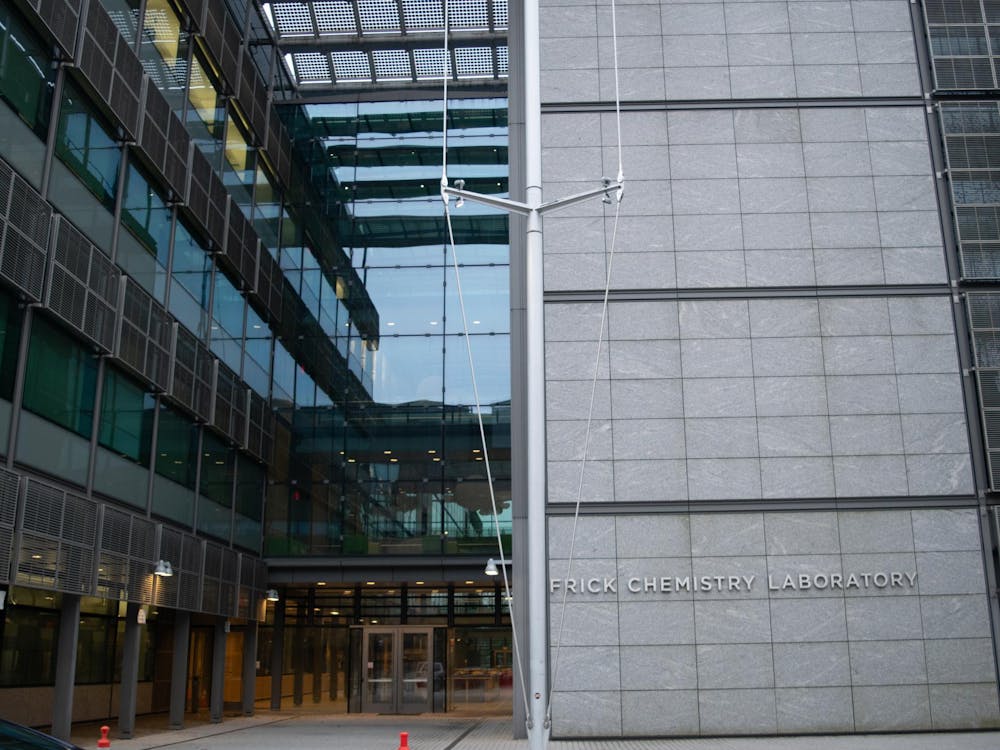On Friday Jan. 21, Ashley To ’22 tested positive for COVID-19 and was moved to the 1967 Hall isolation dorm. There, contrary to her expectations, she was met with three other roommates in a quad. By the time she left, a fifth student was isolating in their common room.
To was one of 224 undergraduates and 72 graduate students who were required to isolate in the weeks of Jan. 21 and Jan. 28, according to the University’s COVID-19 dashboard.
COVID-19 risk status on campus is currently “Moderate to High,” which the University defines as a positivity rate between 0.11–0.5 percent. As of last week, the positivity rate was 0.32 percent.
Not all students who test positive are sent to isolation dorms. From Jan. 22–28, 166 students were required to isolate, with half spending time in “designated isolation spaces” and the rest “isolating elsewhere on campus, such as in their dorm rooms or campus apartments,” Deputy University Spokesperson Michael Hotchkiss wrote in an email comment to The Daily Princetonian.
In addition to COVID-19 isolation dorms, the University reserves several houses each year “for public health emergencies,” according to Hotchkiss.
“The number of undergraduate and graduate students in isolation due to COVID-19 changes often, as new cases are identified and as students complete their isolation,” Hotchkiss wrote.
Students who have tested positive for COVID-19 or have COVID-19-like symptoms will be required to isolate for a minimum of five days. Students who have their own sleeping space may be asked to isolate in their own room, otherwise they will be relocated to specially designated housing for the duration of their isolation.
Kendall Jeong ’25 reported that she had to relocate and isolate in a room with three other people.

“I thought I’d be in complete isolation, but I have to say that having a roommate has been really helpful for me, not just for my mental health, but interacting with people and keeping my spirits up,” Jeong said.
To said she had a similar experience isolating with roommates.
“When you are sick and you are alone, you tend to think a lot, so I feel like having roommates in that case also distracts you,” To said.
To lived in a quad with two bedrooms, a bathroom, and a common room. Two roommates were in each room and one stayed in a bed in the common room.

To said she was initially “shook” that people were sharing quads, as she thought that “it would be one person per quad.”
Despite her initial surprise, To also reported a positive experience with her roommates during her COVID isolation.
“We would have movie nights in the common room at night, and we did them maybe for two movies. During lunch when we get our meals, we would just play card games,” To said.
“I’m sure I’m not the only one who had a decent experience with my roommates,” To elaborated. “I’m a senior, and I was roomed with juniors, a sophomore, and a freshman. I think if it wasn’t for COVID, I would have never met these people before, so I thought that was kind of interesting.”
Whereas Jeong and To were required to relocate to other isolation buildings, Emma Davis ’22 was able to isolate in her own room at the beginning of the semester.
“I believe it was January 26th, I had submitted a test, and I didn’t hear until the 27th at like 6 P.M. It had been well over 24 hours before I heard back from them [about my results],” Davis said.
Both Davis and To report being contacted by a contact tracer and asked to describe their interactions in the days leading up to their positive COVID result.
Davis expressed surprise at how she was not required to tell close contacts that she had COVID-19.
“They actually told us that you weren’t required to tell the people that you have COVID,” Davis said.
“There’s five or six of us girls that all use the downstairs bathroom on a normal basis,” Davis added, “I wasn’t required to tell the people on my hall that I shared a bathroom with that I had COVID.”
“Anyone could come in and use that bathroom, and that was the bathroom that I used as well,” Davis said.
Students who are isolating on campus use a different building for meal pick-up. According to Jeong, there is a separate room for isolating students to pick up their meals in the isolation building. Both Jeong and To report going to a separate room connected with Wu Hall to pick up their meals.
“Lunch is available from 11:30–12:30, and then dinner is available from 4:30–5:30 for pickup. When you get your dinner package, it also comes with a breakfast,” Jeong said. “The meals are pre-packaged and labeled with each person’s name. Dietary restrictions are also accommodated.”
While Jeong and To went to a separate room in the Wu Hall for meal pick-up, Davis reports a different meal pick-up experience at Forbes.
“What I was really surprised about was that when you walk into Forbes, there’s like the foyer, and right behind the foyer, there’s that little room. People were eating food in there. Here I am, walking in with COVID, I have my KN95 mask on, and there’s people unmasked, eating food in the room that I am going to pick up my food from,” Davis explained.
“The food was in a bag, it was already packaged, but people were in the same room as me, unmasked, eating food,” she added.
When going to the Wu side’s Private Dining Room for meal pickup, To said that she and her roommates entered the room through an outside entrance that was only for people with COVID.
“Campus Dining has set-up multiple meal pick-up locations throughout campus. Students are provided a continental breakfast, lunch and hot dinner daily while in isolation,” Hotchkiss stated.
Both Jeong and To report receiving kits from the University filled with supplies, including tissues, a trash bag, a thermometer, some Tylenol, and other relevant items, but Davis didn’t have access to the same resources.
“I didn’t get any of that, because I was staying in my room. I had a teammate, she went to isolation, and she told me that she got medicine, water, and I didn’t get any of that. Whatever food I got was whatever food came in that bag, and nothing else,” Davis said.
“I wouldn’t say there was any resources if I needed water. They were just assuming that you were fine,” she added.
Many professors have offered online options for their classes to adapt to the ongoing COVID-19 situation.
“A lot of [my professors] were able to provide Zoom options, if they hadn’t already. For my writing seminar, I was provided with audio and visual recording[s],” Jeong said.
The University’s COVID-19 dashboard reports that the maximum dorm occupancy rate for the week ending Feb. 11 was 37.3 percent, which equates to 41 people. On Feb. 14, however, 84 undergraduates tested positive, so isolation occupancy is likely to grow.
Janny Eng is a news contributor for the ‘Prince.’ She can be reached at je3398@princeton.edu.








